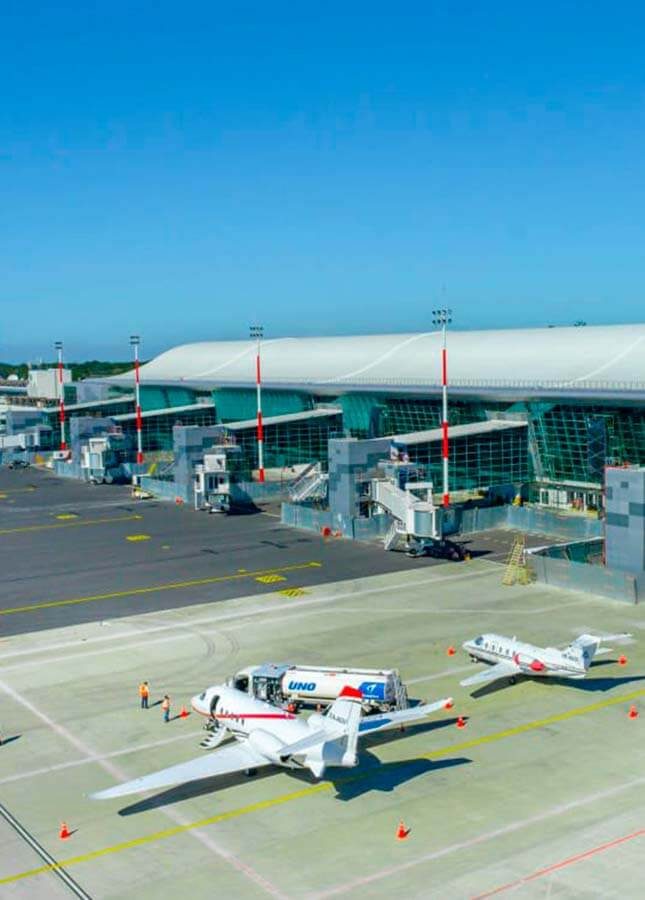1. Introduction
El Salvador International Airport, officially named Monseñor Óscar Arnulfo Romero y Galdámez International Airport, serves as the main gateway to El Salvador. Formerly known as Comalapa International Airport, it replaced Ilopango as the country’s primary airport in 1980.
2. Location
It is situated approximately 50 kilometers south of San Salvador, the airport occupies a strategic position in Central America, connecting El Salvador with destinations across the globe. Despite its distance from the capital, efficient transportation makes it readily accessible.
3. History
Construction began in the 1970s, driven by the need for a more modern and spacious facility. Originally serving both civilian and military purposes, the airport transitioned to primarily commercial operations in the 1990s, contributing significantly to El Salvador’s economic growth.
4. Facilities
The airport boasts two passenger terminals, offering a range of amenities including duty-free shops, restaurants, lounges, and currency exchange. Additionally, travelers can access car rentals, taxis, and public transportation within the terminal complex.
5. Airlines and Destinations
Avianca and Volaris El Salvador maintain hubs at the airport, connecting passengers to numerous destinations throughout North America, South America, Central America, and Europe. The airport caters to over 30 airlines, ensuring diverse flight options for travelers.
6. Transportation Infrastructure
A well-developed highway network connects San Salvador to the airport, with the journey taking approximately 45 minutes by car. Public bus routes and shuttle services also provide affordable transportation options for passengers arriving and departing.
7. Cargo Operations
Beyond passenger travel, the airport plays a crucial role in El Salvador’s economy as a major cargo hub. The dedicated cargo terminal facilitates the import and export of goods, supporting various industries within the country.
